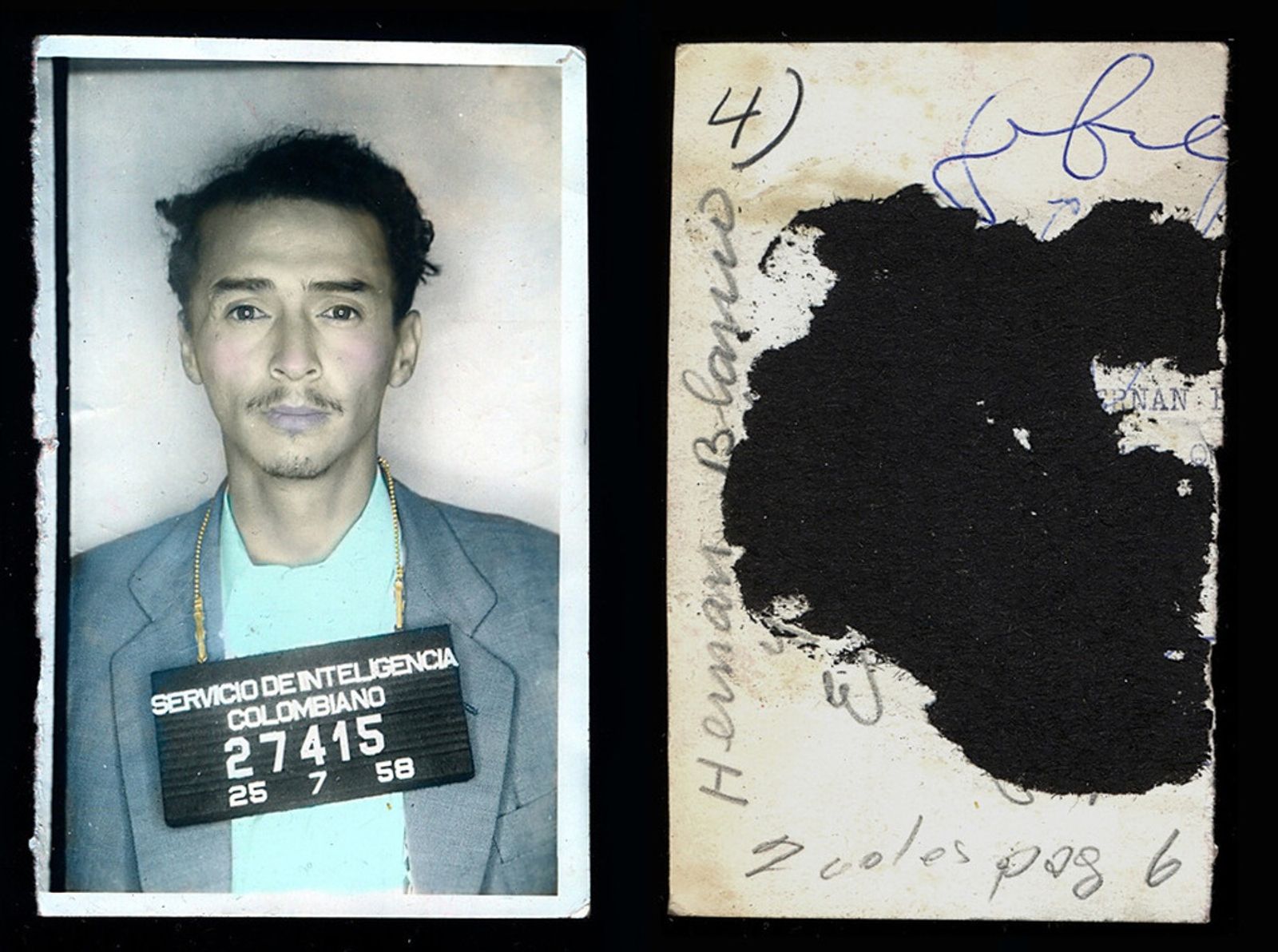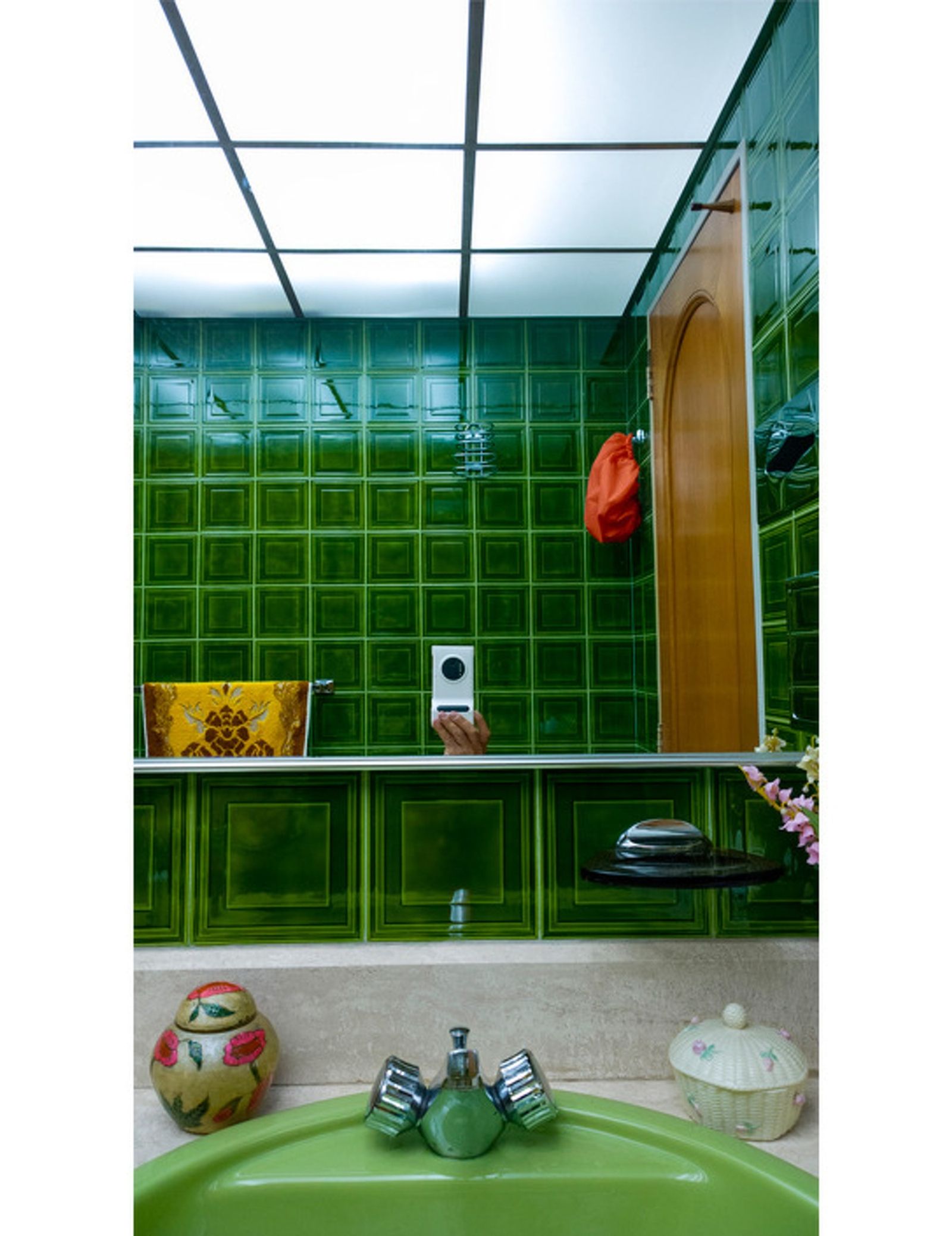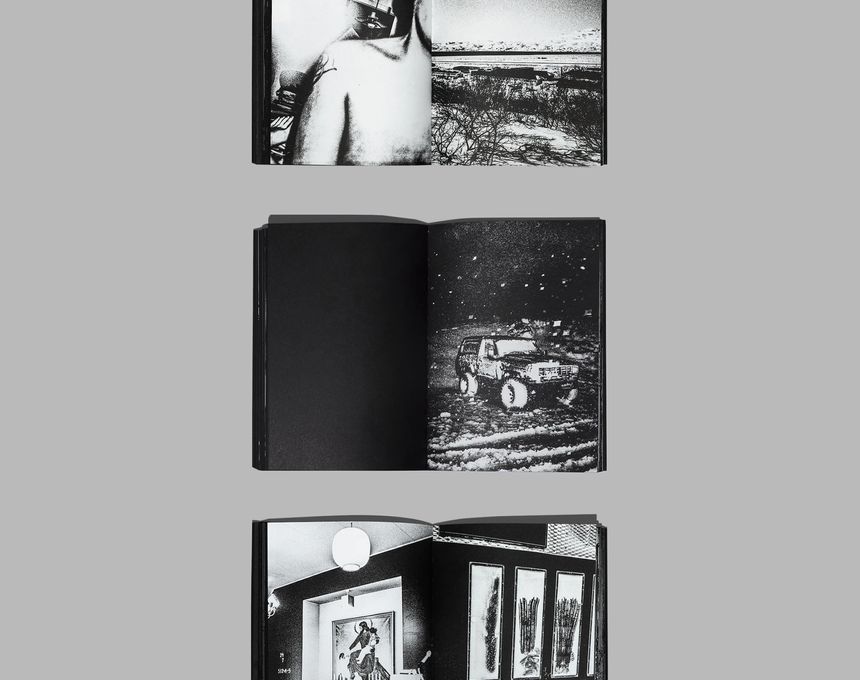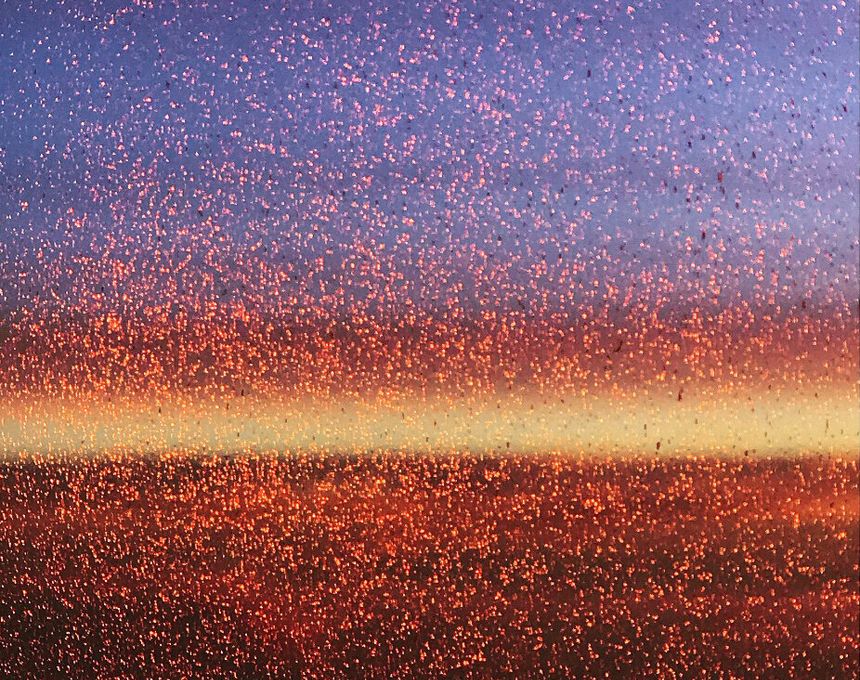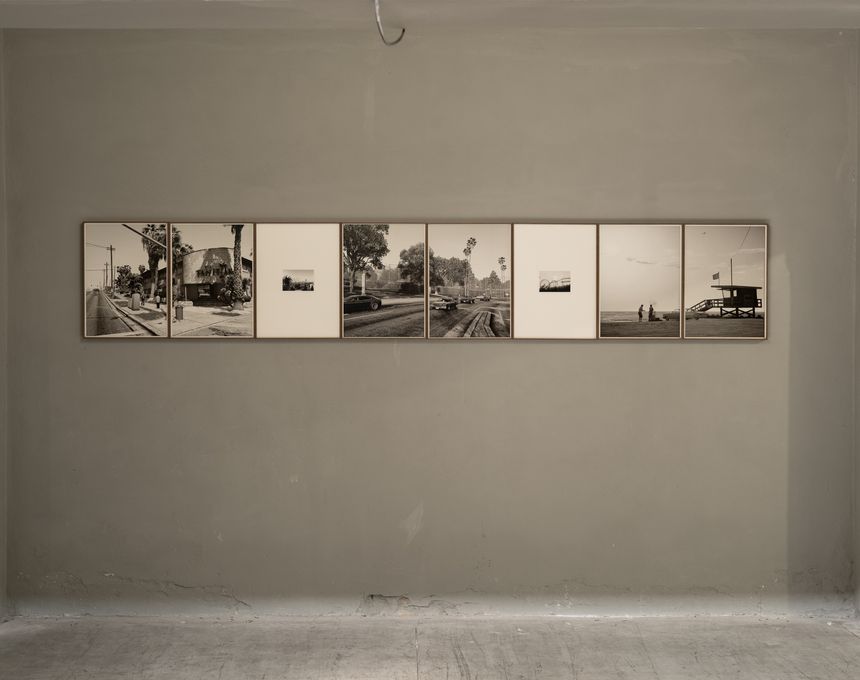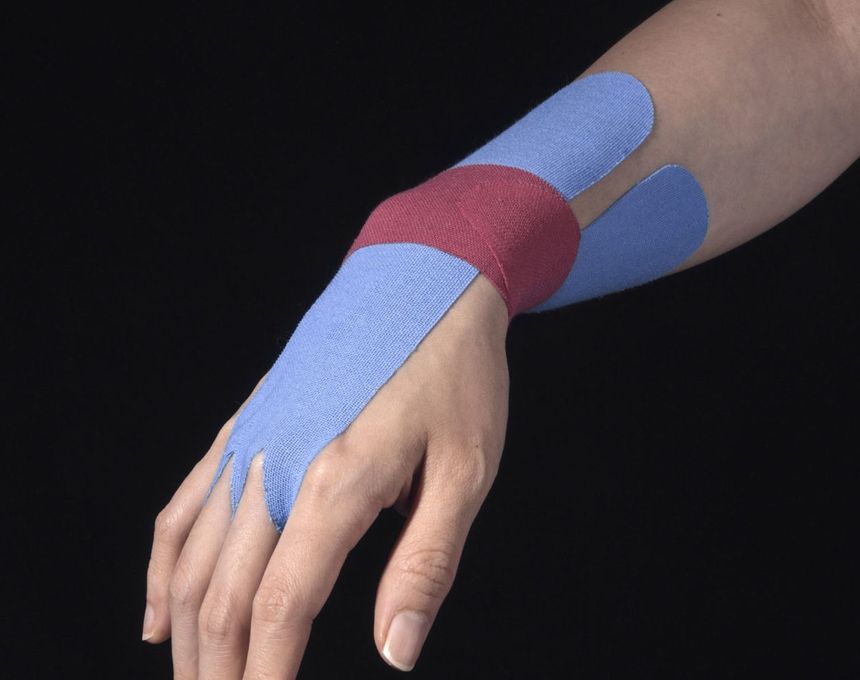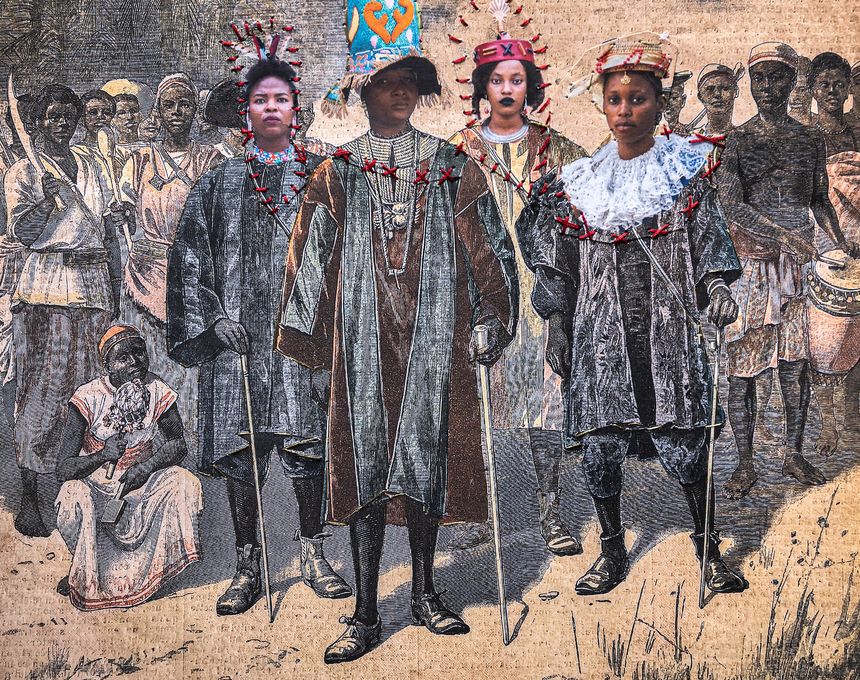Escobar-Jaramillo & Panchoaga on Colombian photography
-
Published16 Nov 2015
-
Author
Santiago Escobar-Jaramillo and Jorge Panchoaga analyze the current photography landscape in their country and Latin America, and shed light on their future plans on photography development.
Santiago Escobar-Jaramillo and Jorge Panchoaga analyze the current photography landscape in their country and Latin America, and shed light on their future plans on photography development.
What are your thoughts on thecurrent Latin American photography landscape?
It is difficult to proposea single glance on Latin American photography. The closest we canget, is its diversity of accents in creation, in themes, workingmethods, and research interests. Even if we share many stories andepisodes, the fact is that each region and country develops differentways to tell its own history in pictures. This has generated agradual growth and interest from various regions into what ishappening in this part of the world, and also how Latin Americare-thinks, re-observes and recapitulates itself.
We know that this is not new, thisvalorization of what is ours started four decades from now, however,the way we interact is changing. New networks are being created andstrengthened. Mainly because of the boom of the Internet and thecreation of spaces where these interests converge. Anyway, we mustsay that there is greater visibility in some countries, such asBrazil, Mexico, and Argentina. These are places where photography hashistorically had a bigger role, not only because they have photolibraries, museums, scholarships, research, theory, schools,festivals, publishing houses, specialized publications, fairs, and ahost of scenarios that can be considered as a more consolidatedphotographic industry in other venues in the region, but also becausetheir educational and creative tradition is stronger than elsewhere.Cases such as Ecuador, Colombia, Peru and Guatemala are focused onopenness and strengthening of those spaces, to articulate theregional dynamics and to contribute to the discussion, both in atheoretical level but also in the fields of research and development.
It is with this new attitude, wherethese scenarios as Photographic Museum of Humanity and research work,become a key to share ideas, build ties of trade, build networks ofknowledge, production and growth.
And talking in particular aboutColombian photography?
Photography in Colombia hasbeen growing steadily during the last few years. That is somethingthat makes us very happy, because it is currently being seen withinterest from different places. We have talked with many curators,researchers and friends from other countries that have repeatedlymentioned the lack of a Colombian photography when people talk aboutLatin America. As if there was a cloud over this territory that hidesthe internal dynamics related to photography. For a long time, andperhaps erroneously, we have related this isolation to the long armedconflict that prevails in the country. However, we have graduallyunderstood that, in an equal or worse way, the lack of a collectiveinterest to build and consolidate pluralistic and dynamic networks tofavor the whole union has been one of the historical gaps that hasleft in the shadows the processes happening in the country. That iswhy there is a renewed and collective interest in articulating theinternal processes to the regional dynamics of exchange.
However, in the field of thephenomenological we can talk about various aspects such as the typesof creation, the classic and new themes or the main characters. Webelieve that the best thermometer to measure what is currentlyhappening in Colombia is the diversity of scenarios where the idea ofworking together is beginning to bloom. That we can make thecountry’s photography evolve without a centralized hegemony thatcontrols everything. In that sense, the interest in the processes ofcreation, researches, and diffusion of photographic works has beenconsolidated in various scenarios and efforts, often isolated, butgradually looking for the local and national consolidation. Such isthe case, of meetings, schools, publications, collectives, andresearches that encourage work around the image in a constant andplural way (to name a few academic spaces: The specialization inphotography at the National University, Zona Cinco School, LaBloomSchool, Chroma visual workshop, Yurupari, Mario Ponce School;meetings and festivals: Encuentro de Nuevas Narrativas by Fujifilm,Fotográfica Bogotá, Santafe de Antioquia Photography Festival, thecycles of Conferencias de las Artes; Encuentros Urbanos de Fotografíay Diseño del Festival Internacional de la Imagen, magazines, blogs,and media: Fotomeraki, Fotografía Colombiana website, Enfoque Visualmagazine, Cartel Urbano, Vice or El Malpensante; the collectives: +1,Calidoscopio, Sin filtro, La Media Vida; and the newly opened hostelfor photographers and photography: Fernweh).
All these spaces, in a particular orintuitive way, devote efforts to the exploration and construction ofdynamics where the image occupies a backbone or essential part. Inthat way, this dynamic growth has enabled networks for thedissemination and exchange of Colombian artists with other scenarios.
In what ways do you think thephotographers you have chosen refer to Colombian photography?
We have chosen the work ofthese photographers for different reasons that represent or summarizethe overall photography landscape in Colombia, as there are manyphotographers working in different areas and themes. However, theseprojects are betting on new ways to develop and address research andphotographic creation in the country. They review and oxygenate theclassic documentary and photojournalism that has dominated much ofthe photographic production in Colombia. Every photographer presentsa way of research that is a benchmark for others in the country, bothfor its quality and acceptance in the local context and because manyof them act as creators and teachers in the field of photography.
You are both members of thephotography collective +1. How did the collective come to fruitionand what are your aims with this project?
The Collective +1 is formedof Jorge Panchoaga, Santiago Escobar-Jaramillo, and Federico Rios. Itwas born of a question we asked the three of us, how to join forcesto open new venues for photography, create spaces for new discourses,and debate about photography, create opportunities, and contribute tothe work in a collective way. Our objectives are related to thesequestions: working to build spaces for reflection and discussion onthe image, build networks that allow the flow of Colombianphotographers elsewhere, support educational processes, and developresearch and creative projects.
The collective work in photographyis increasingly growing. What are your thoughts in relation to this?
In this regard, we havebeen working for about 3 years on many projects, especially inmanagement and in the development of conferences and workshops. Bythe end of November we will be putting together a big group ofphotographers that come from many parts of Colombia, and LatinAmerica, including Mexico, Argentina, Puerto Rico, and other placeslike Germany, the United States and Italy, to develop a photo camp inPuerto Nariño, Amazonas where we do authorial projects, academicactivities and recreational games. We have called it “20 FotógrafosAmazonas” (20 Photographers Amazonia) and we hope you can see goodresults in the future.
Apart from your work asphotographers, you are now working in the development of thephotography festival FEFEST, that will be held in February 2016. Tellus what this new initiative holds in store.
FEFEST – www.fefest.comis a desire that we have been developing for months. We seek to builda fair and a photography festival in the city of Cartagena, Colombia.We want to offer the Colombian public and the region a space where wecan meet to share, reflect, show, and plan around the Colombian,Latin American and worldwide photography; our interest is theexchange of experiences between Colombian photographers andphotographers from other countries, allowing the encounter to turninto an experience to remember.
Also, we want the photographicexperience to come out of the museum, off the white cube and to intothe city, to become an experience not only for the specialized publicinterested in photography but to the public in general, the tourists,the locals, students from other disciplines. The festival will beheld in February 2016 in its first version. This time we hope to meetmany friends from different countries to start slowly building thisscenario and consolidate it as part of the regional circuit upon theimage and photography. We know it’s a process that takes time anddedication, but as a team we are willing to take that path toconsolidate the proposal and have this space each year.
